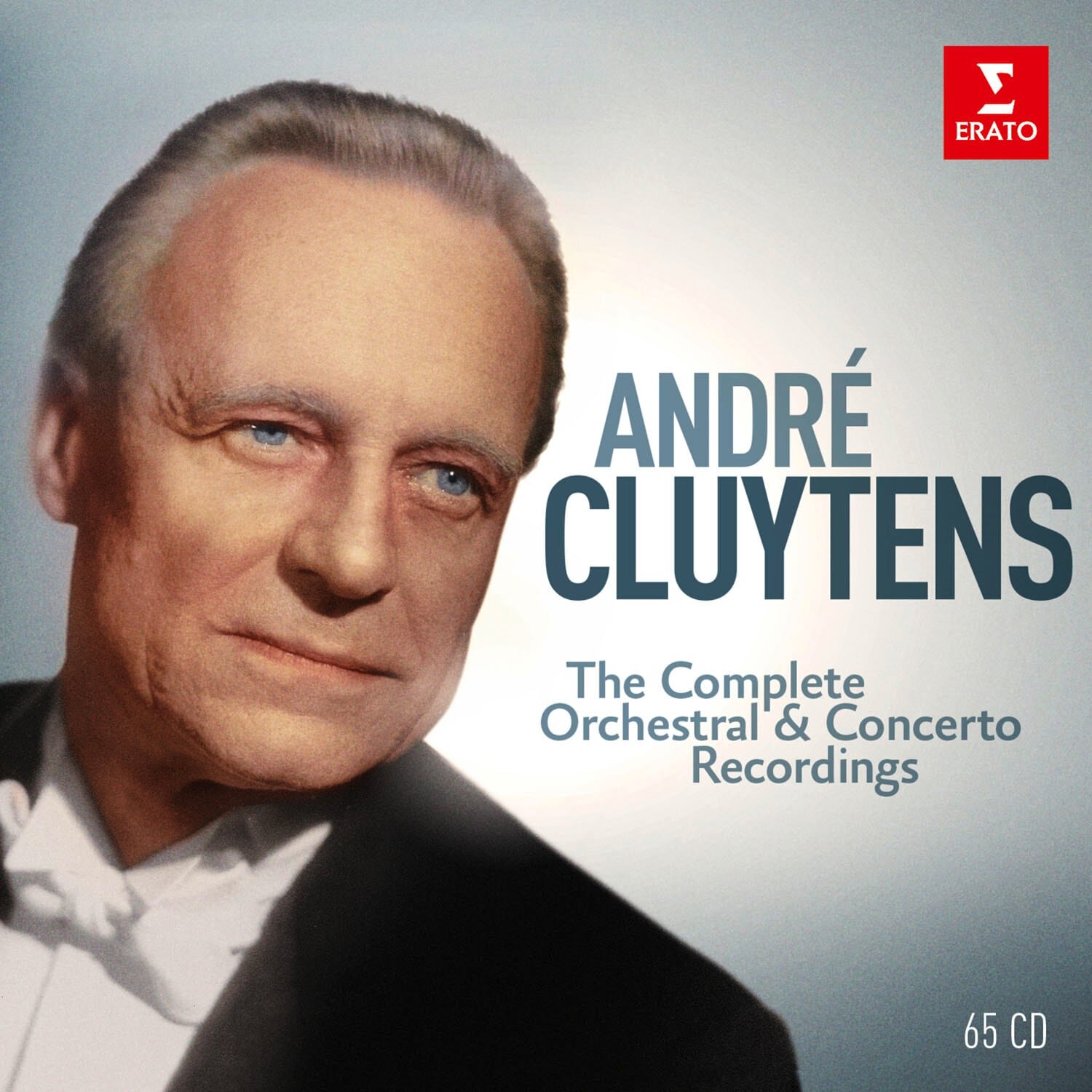One day very recently my wife and children were outside in a park socializing with another family. I joined at one point, and the husband told me that my wife had mentioned that I was reviewing some new amplifiers, and that she thought they sounded amazing; she hoped I would keep them. When we came home, I watched as she listened on the couch with our daughters to various pieces of music, and I saw her tapping her foot. I never saw that before, let alone hear her praise a component of my audio system!
What were these amps you might ask? They were a pair of Audio by Van Alstine DVA SET 600 Mono Block Solid State Amplifiers at $2499.00 each ($4998/pr.). In a nutshell, each of these mono blocks is a mono balanced version of Van Alstine’s recently released and very well received Vision SET 400 Stereo amplifier ($1999 − $2199.00, single-ended input (RCA), reviewed by Audiophilia’s Martin Appel who awarded it an Audiophilia Star—and rightly so). This newer DVA SET 600 mono block is Class A/B, rated at 600 watts into 8 ohms and over 700W into 4 ohms; it weighs 36 pounds and is 17” wide, 13” deep, and 7” high. Its power is actually way more than what I just stated (via storing power in capacitors), as according to the Van Alstine specs it offers using burst measurements ‘775W into 8 ohms and 1500W into 4 ohms’.
Hi.
Welcome to Audiophilia. We publish honest and accurate reviews of high end audio equipment and music.




















